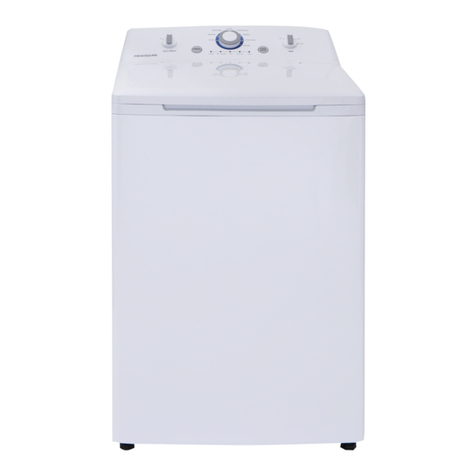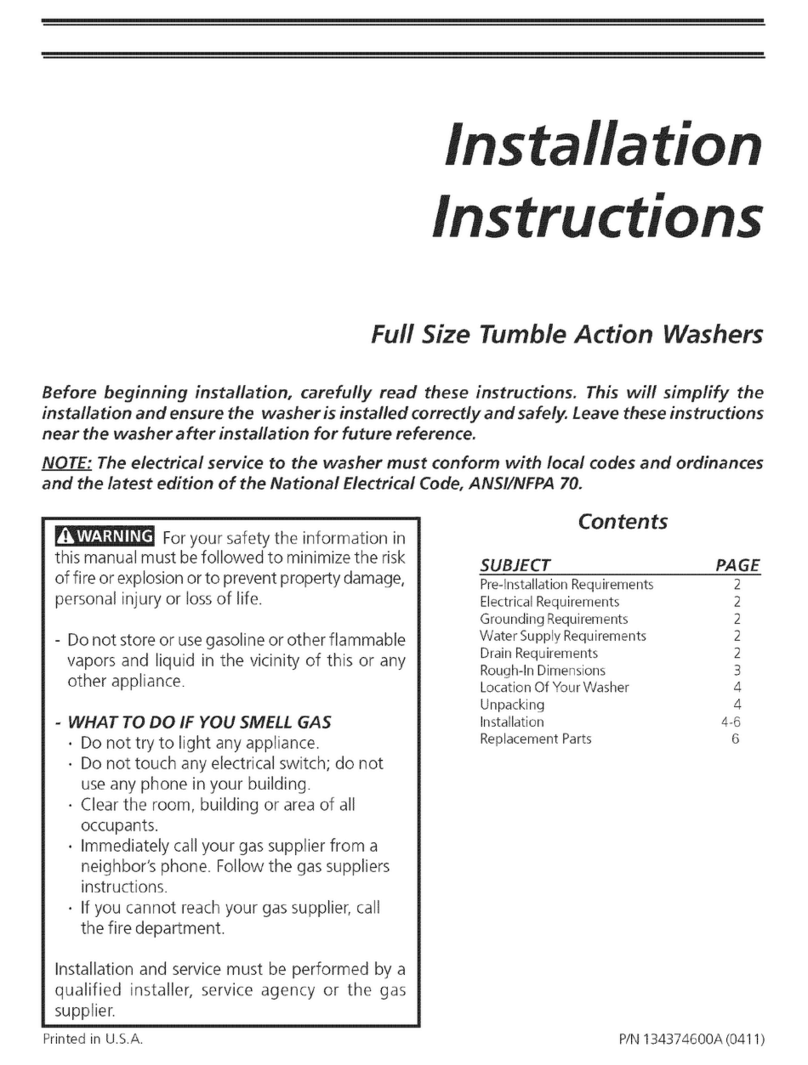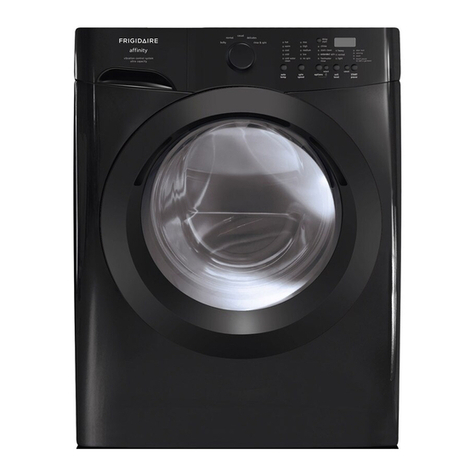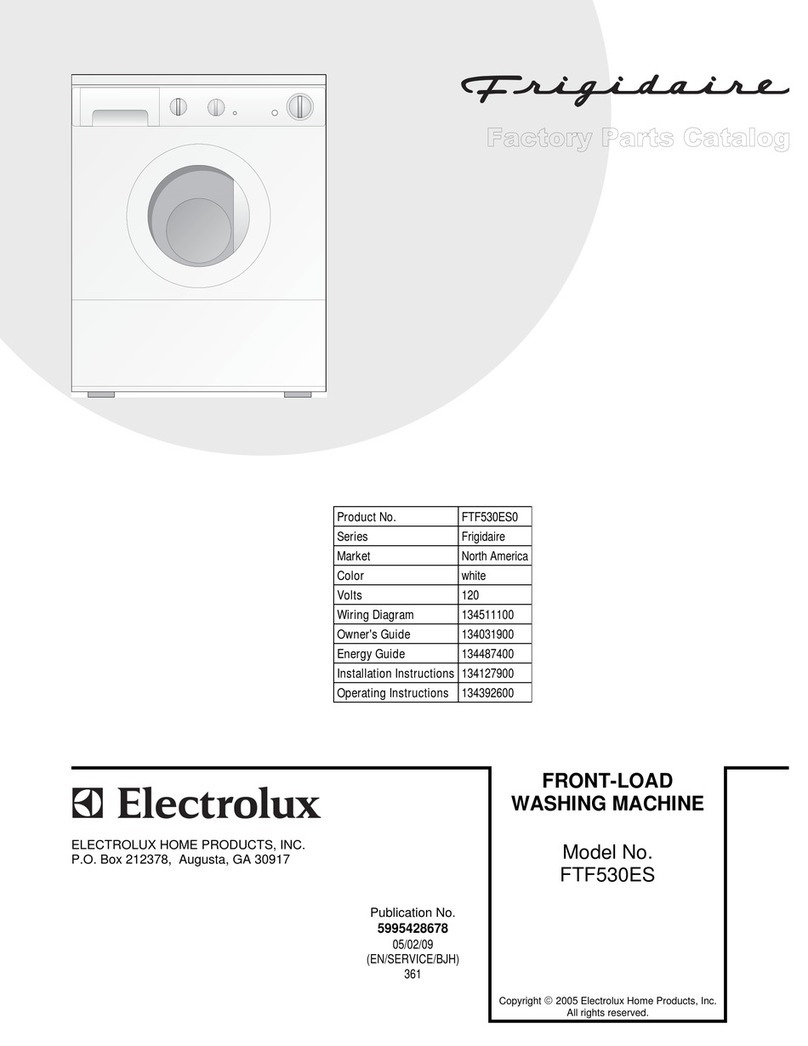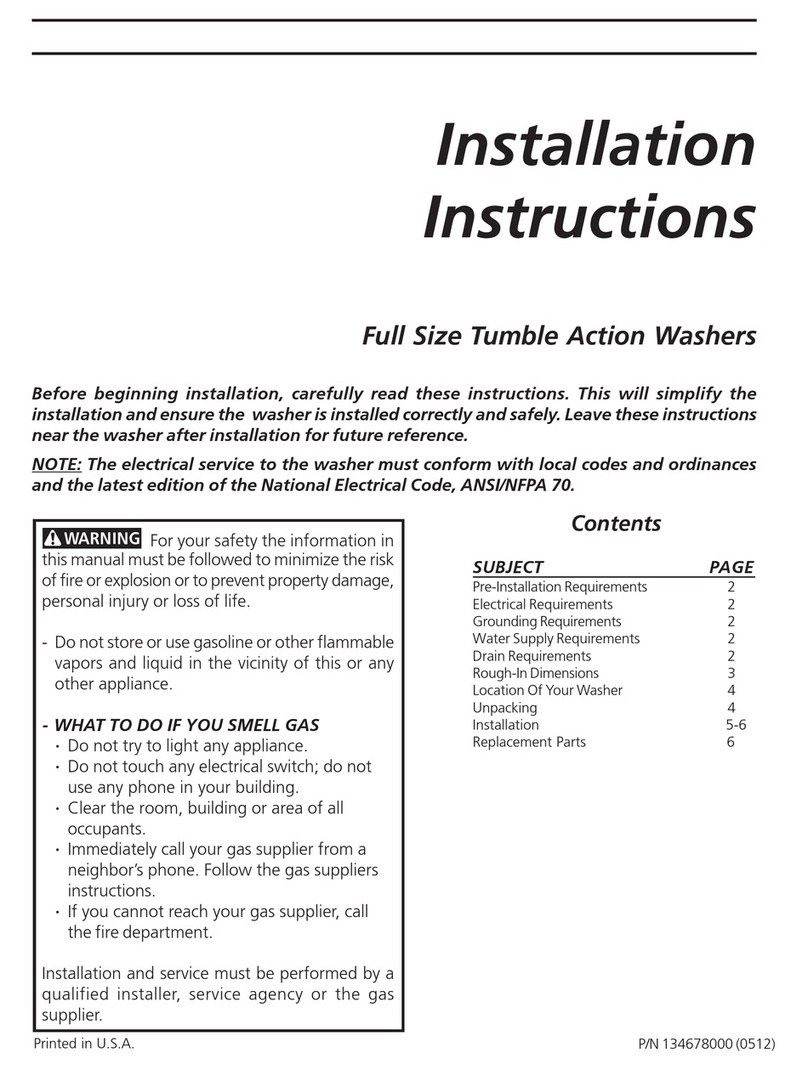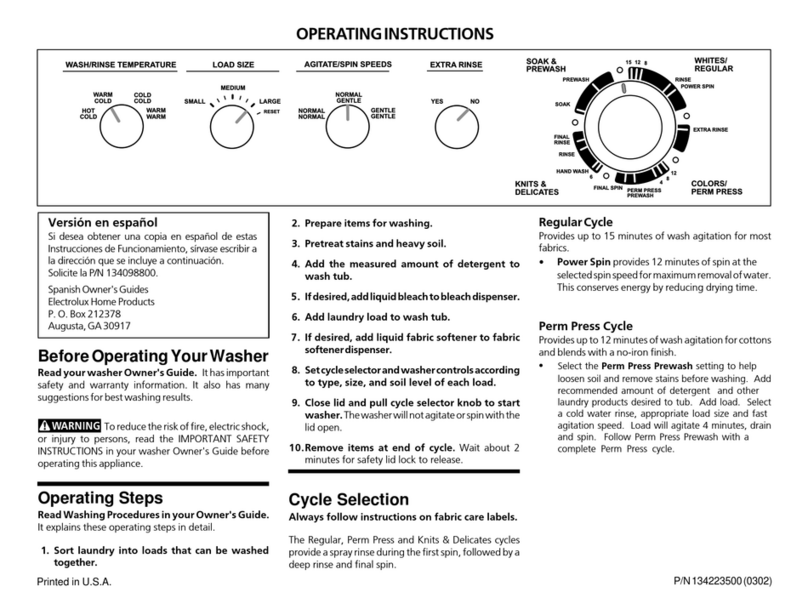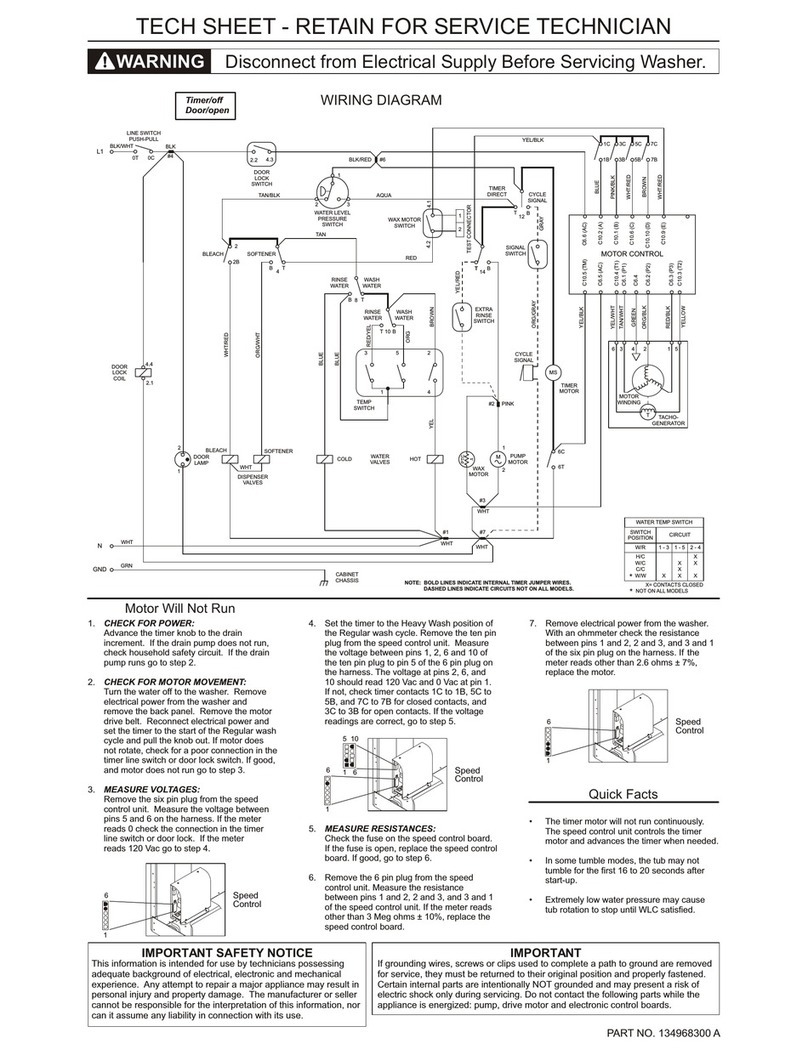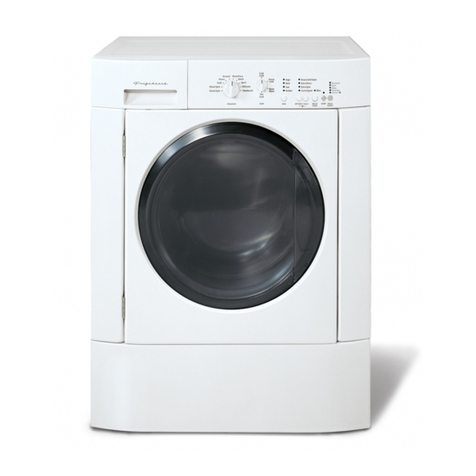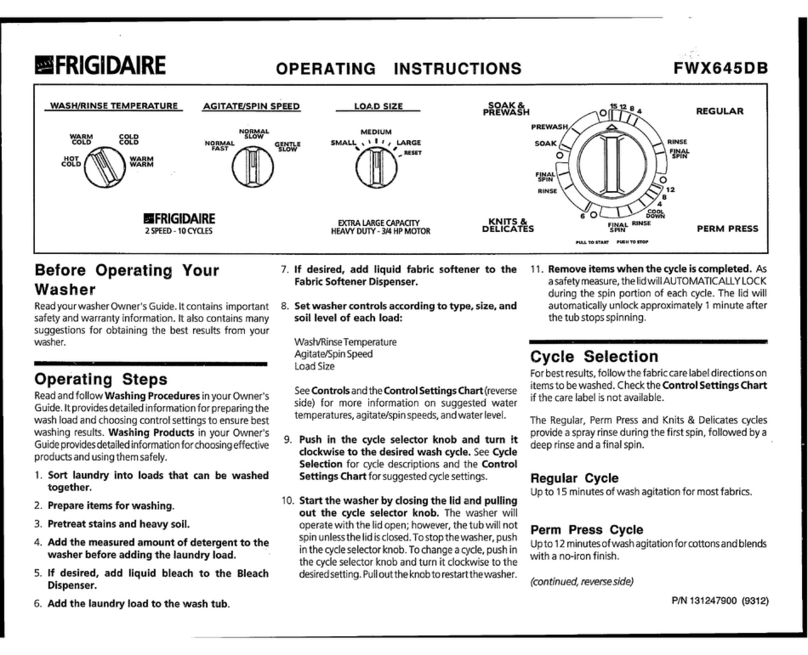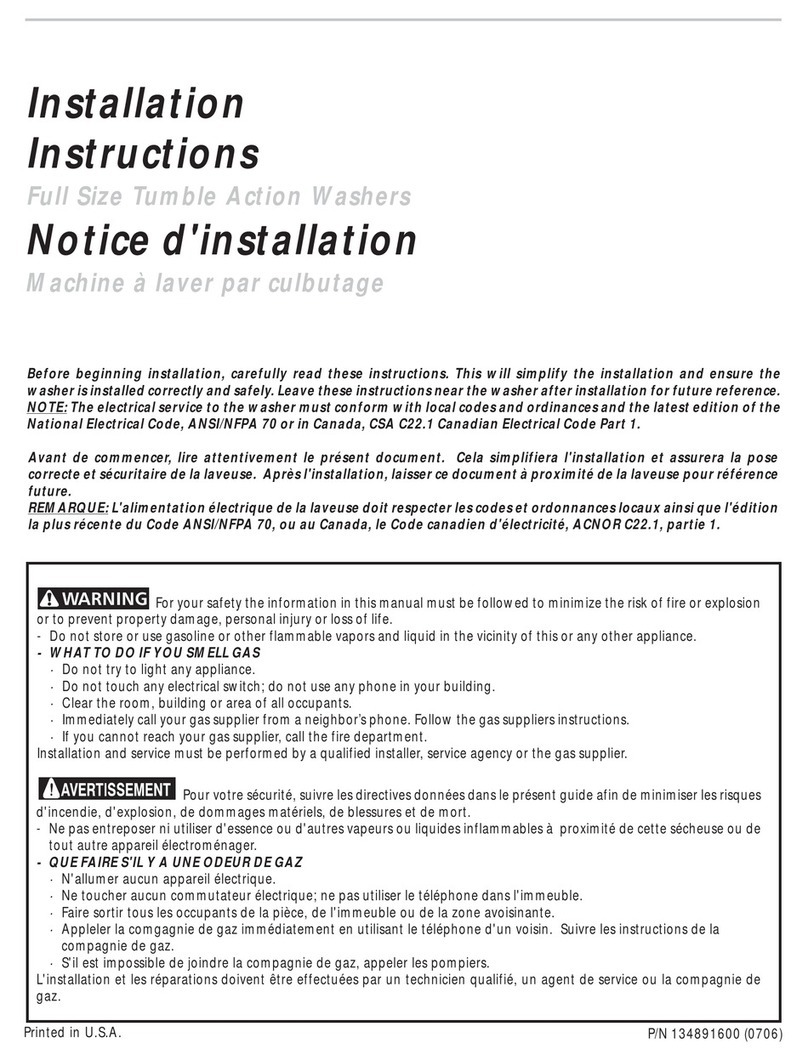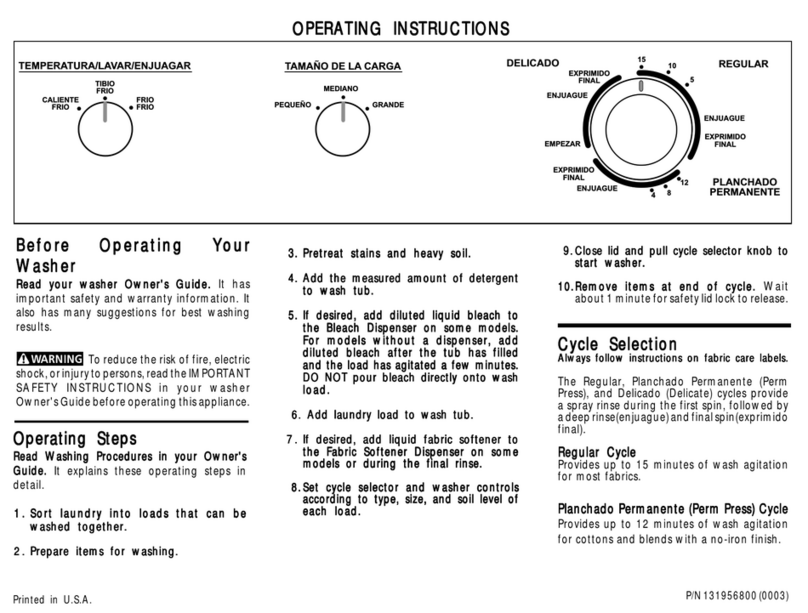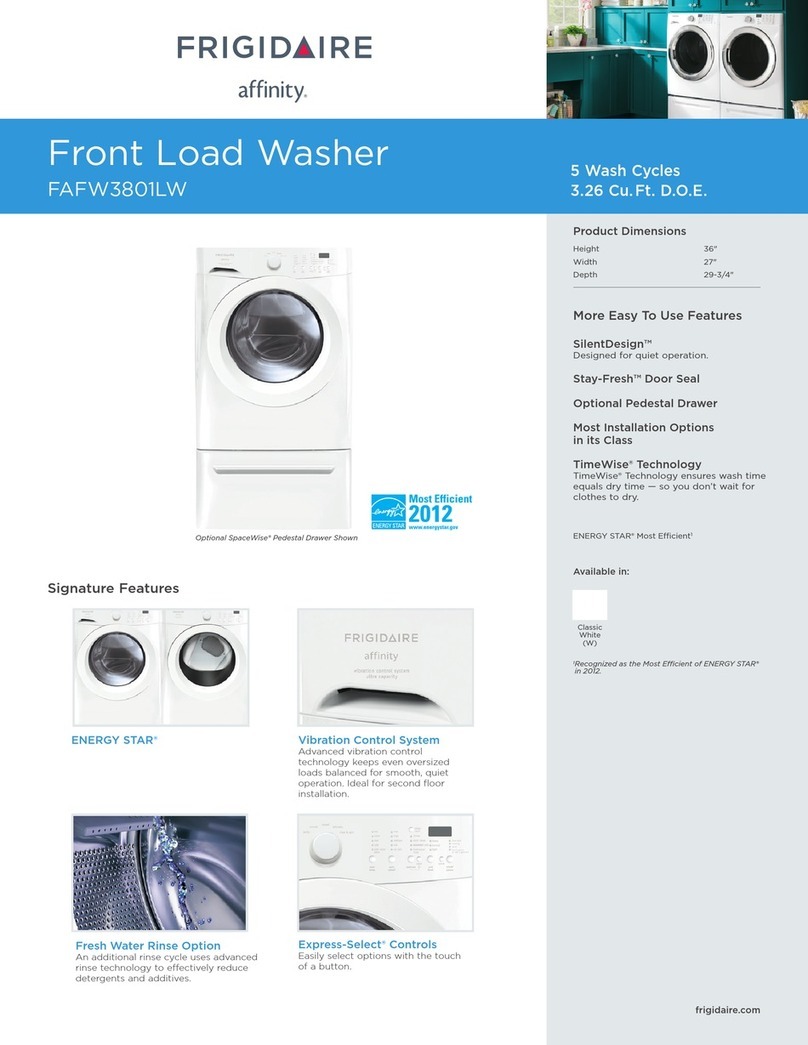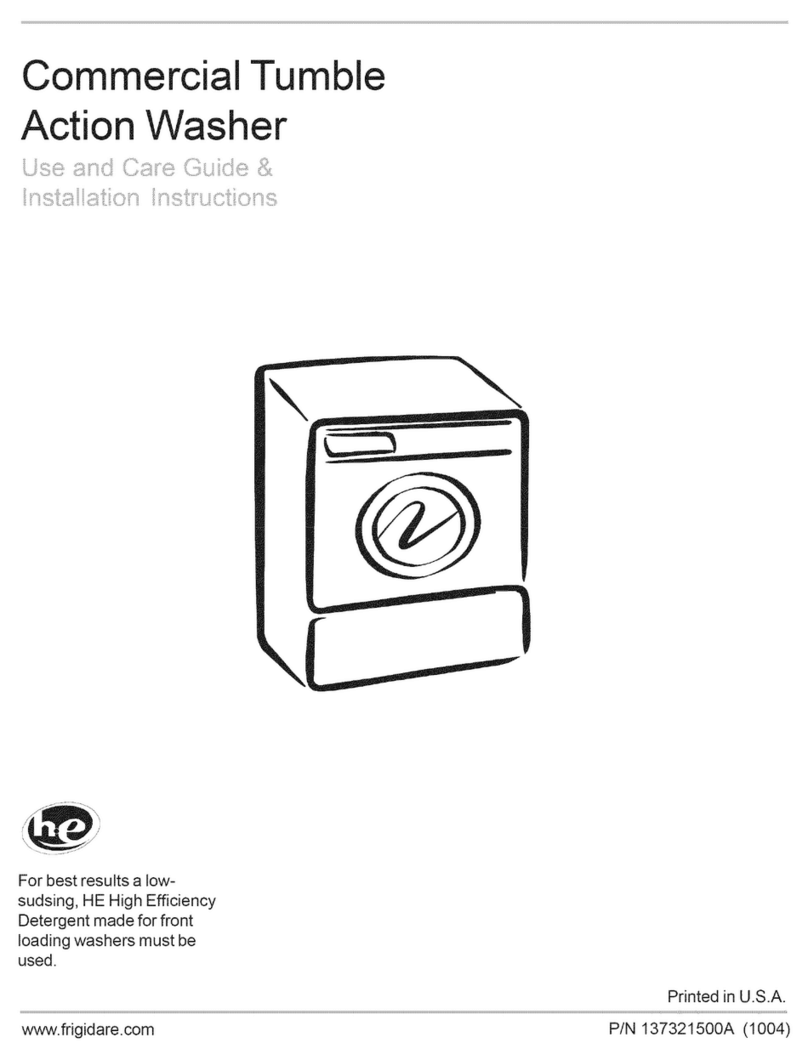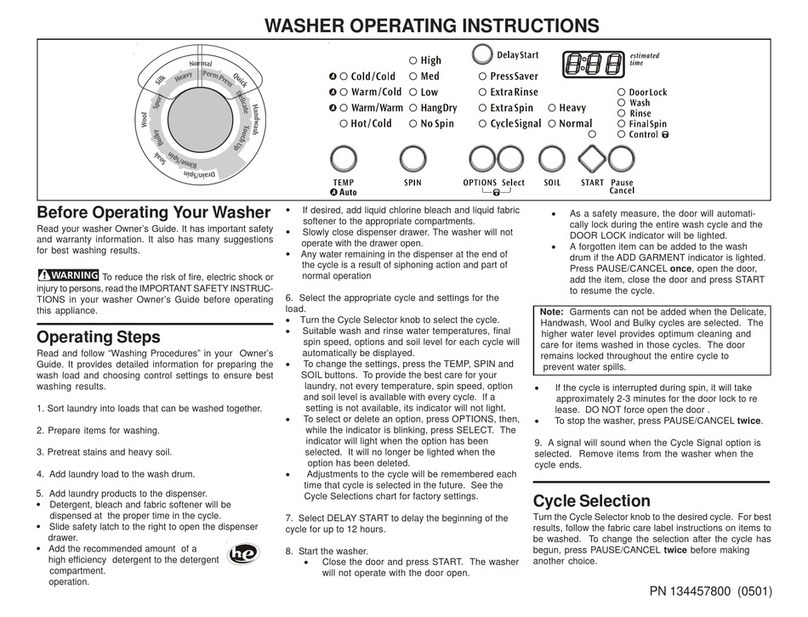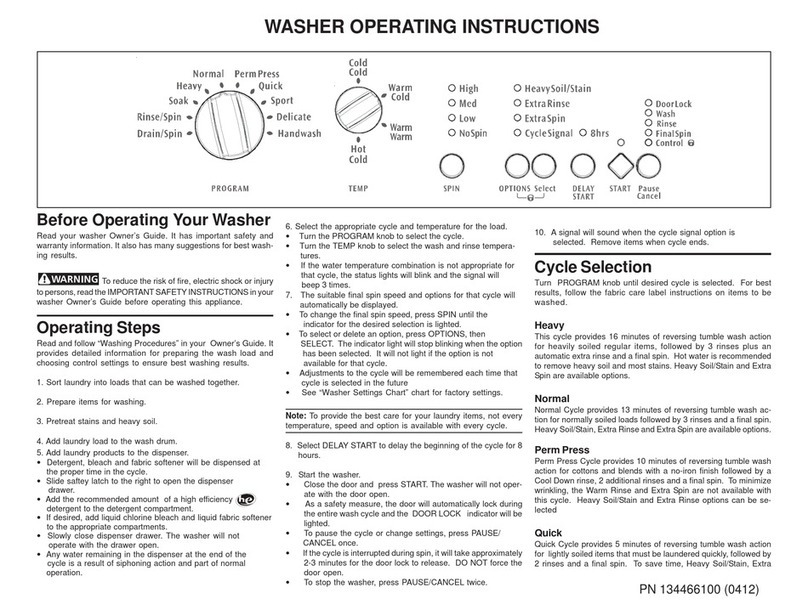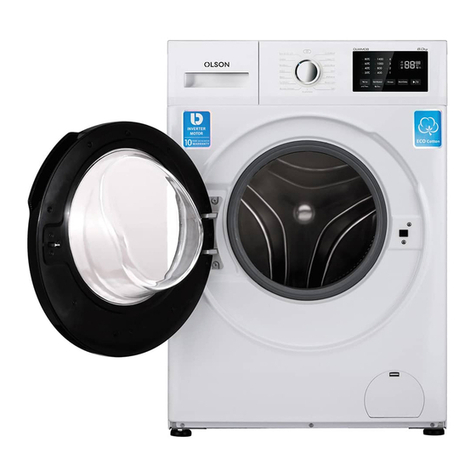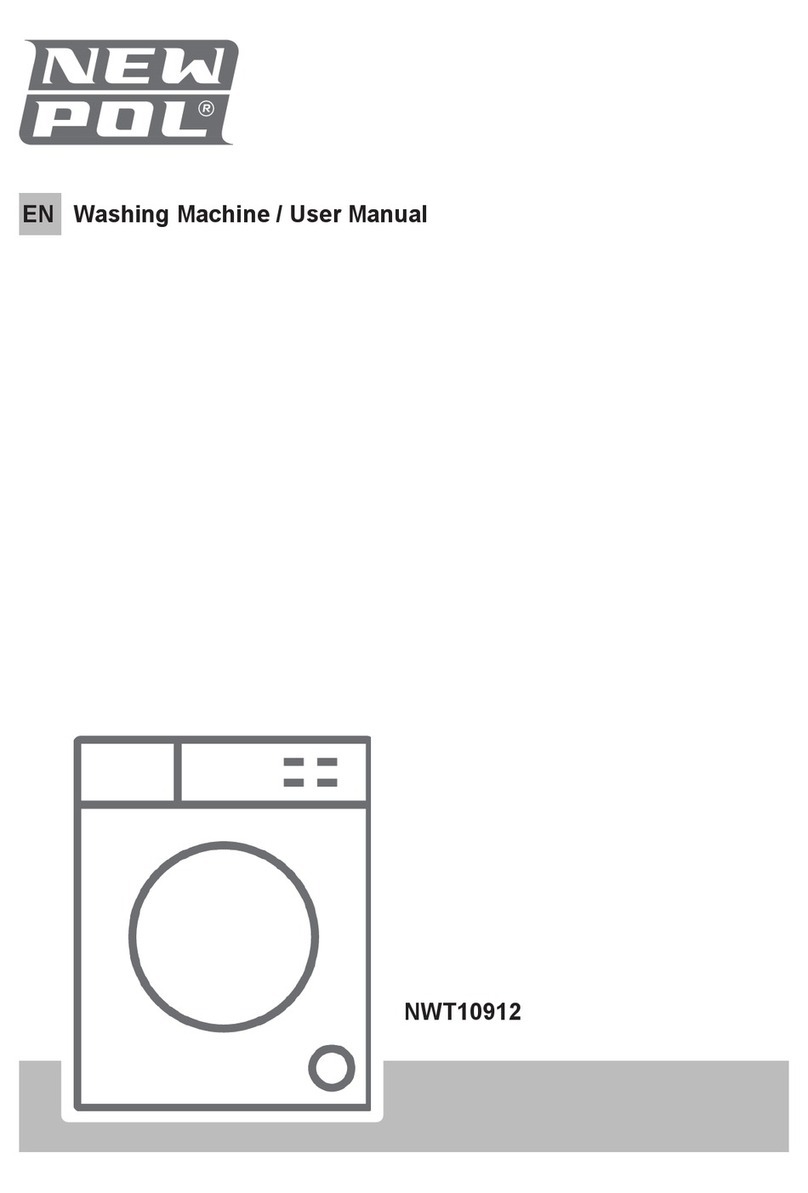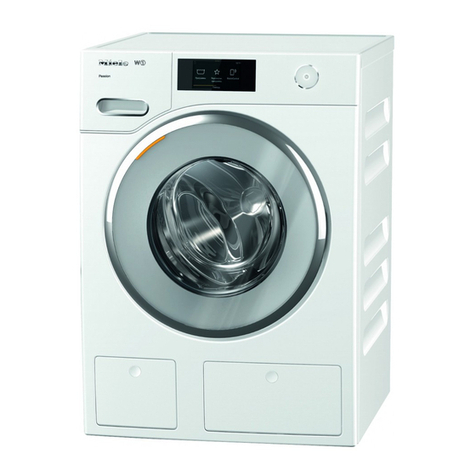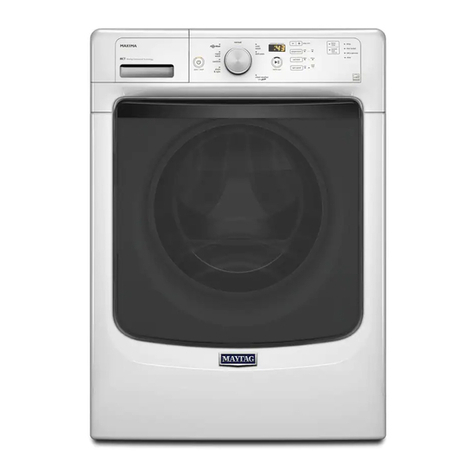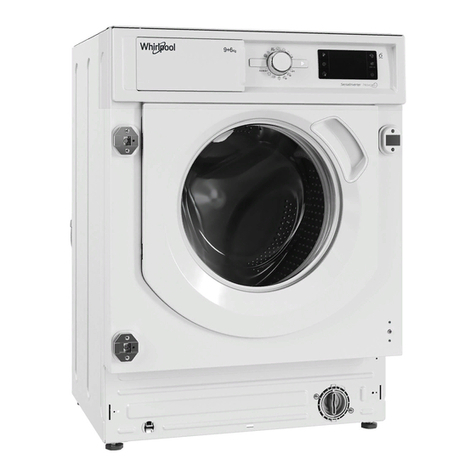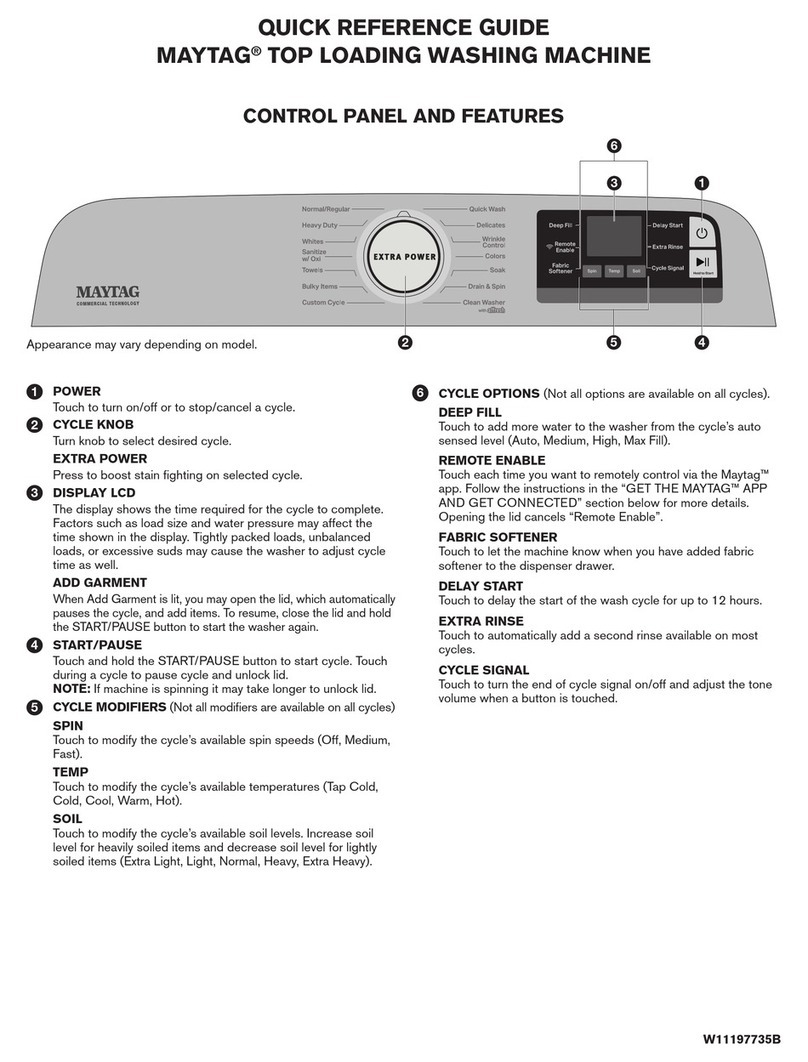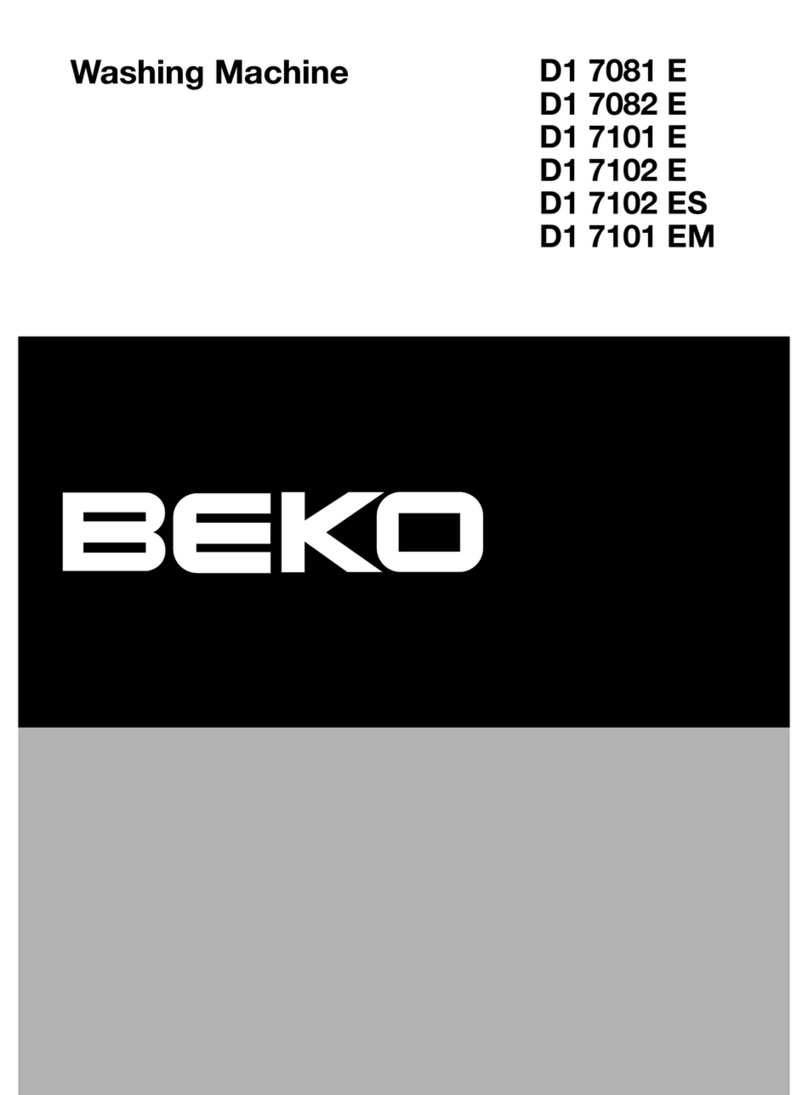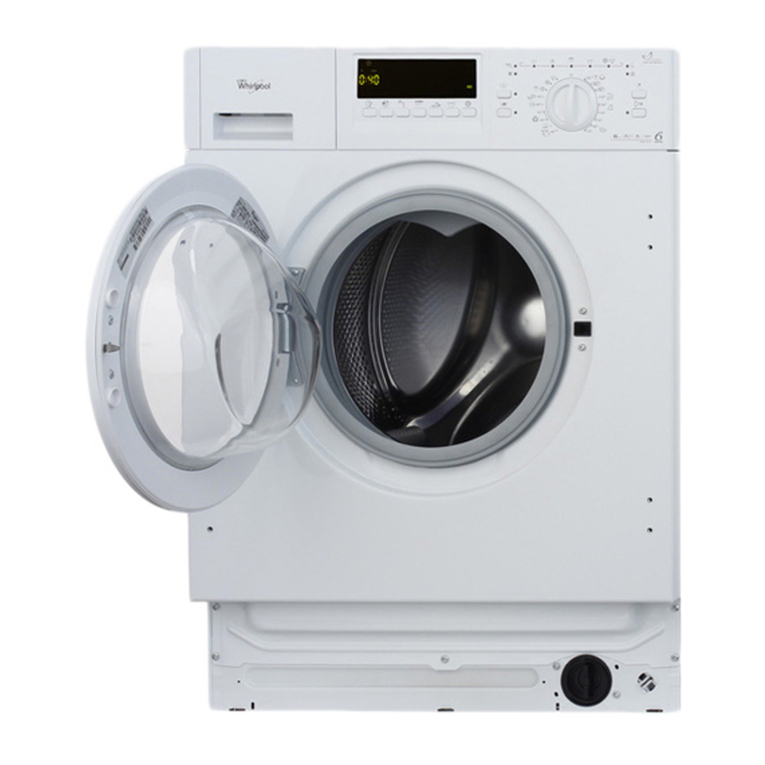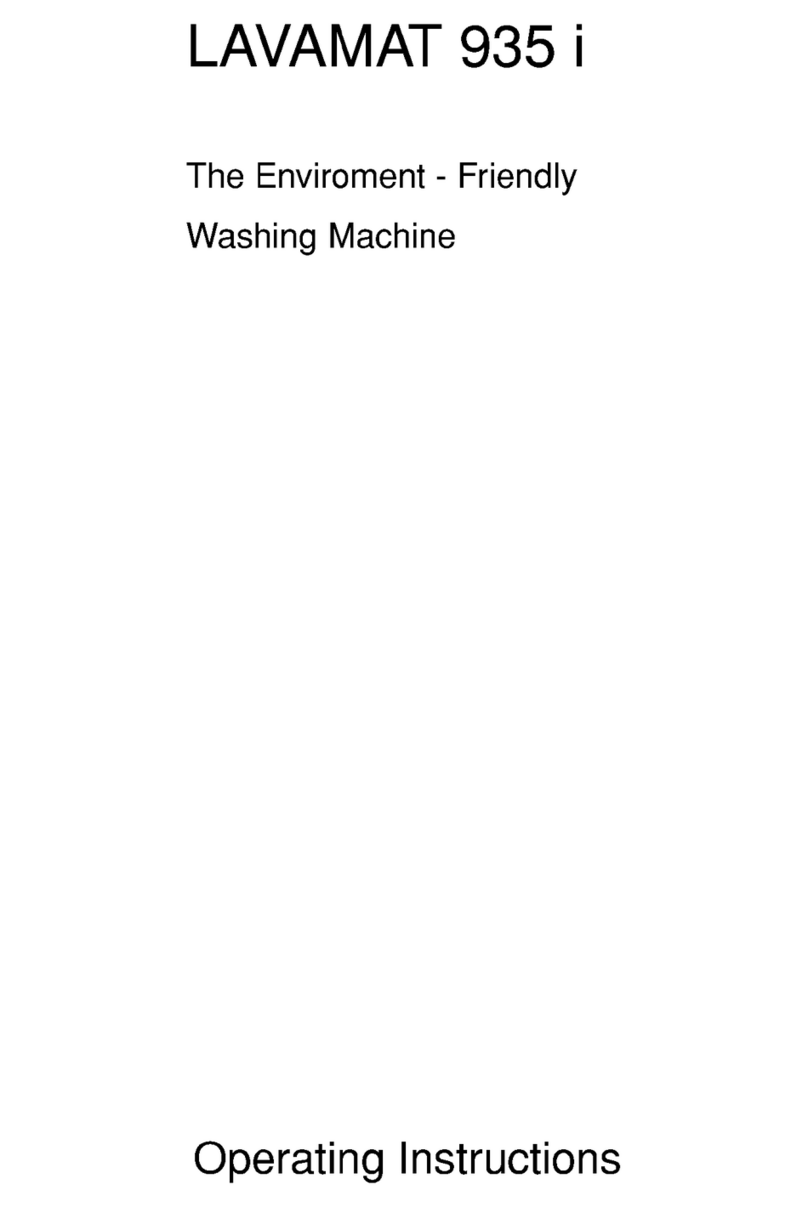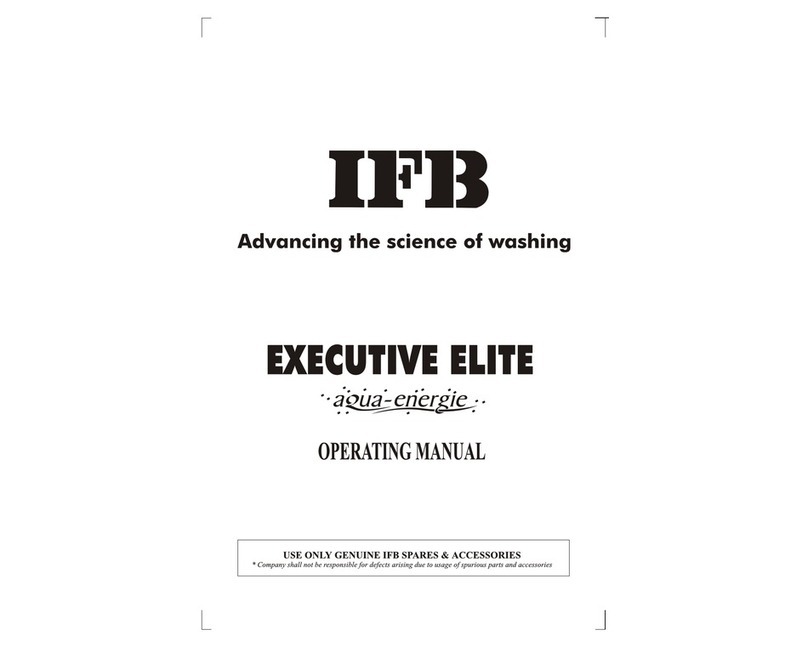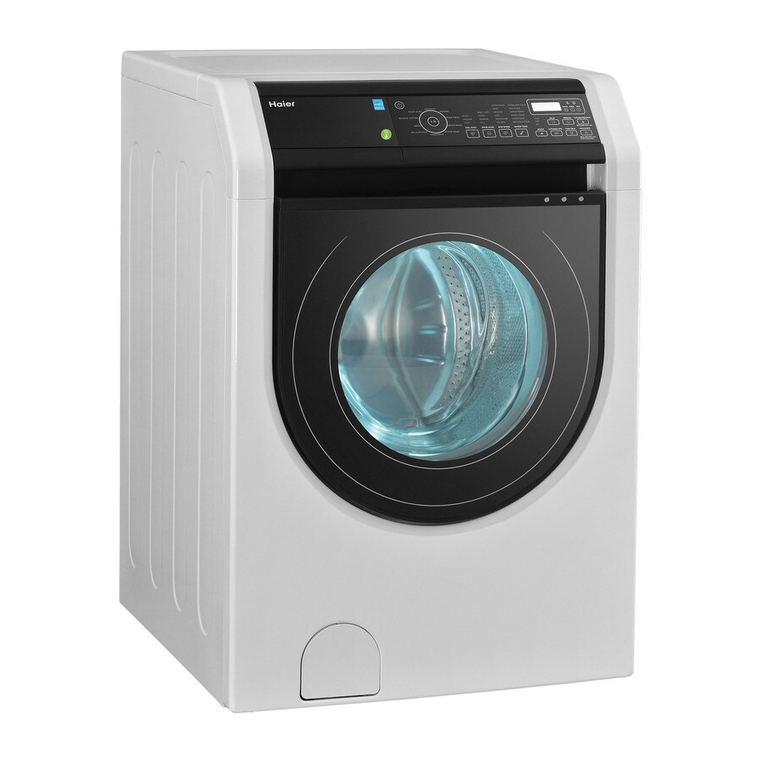
Operating Your Washer, continued
5 Add laundry products to the dispenser.
For best results
Use a low-sudsing, high efficiency
detergent to prevent oversudsing in
front load washers. Look for this symbol
on the detergent label:
Detergent, liquid chlorine bleach and liquid fabric soft-
ener will be dispensed at the proper times in the cycle.
From time to time you may see water in the "LIQUID
BLEACH" and "FABRIC SOFTENER"chambers. This is
part of the normal operation of the washer.
Liquid Chlorine Bleach z_
o If desired, add liquid chlorine bleach to the cham-
ber labeled "LIQUID BLEACH" and marked with this
symbol z_.
,Fillto the MIN line for small loads or the MAX line
for large loads.
DO NOT fill above the maximum fill line.
Open and close the dispenser drawer slowly. Closing
the drawer too quickly could result in early dispensing
of the bleach or fabric softener.
To prevent fabric damage, do not overfill the "LIQUID
BLEACH" chamber or pour liquid chlorine bleach
directly onto the load.
Add color-safe bleach with the detergent.
Liquid Fabric Softener
If desired, pour the recommended amount of liquid
fabric softener into the chamber labeled "FABRIC
SOFTENER"and marked with this symbol _.
Fill to the MIN line for small loads or the MAX line
for large loads.
DO NOT fill above the maximum fill line.
Liquid or Powder Detergent
Use the cap or scoop provided by the detergent
manufacturer to measure the amount recommended.
Detergent dosage may need to be adjusted for
water temperature, water hardness, load size and
soil level.
Other Wash Products
Color-safe bleach, water conditioner, detergent booster
and enzyme products may be added with the deter-
gent. Put liquid products with liquid detergent in the
"DETERGENT WASH" chamber or powder products with
powder detergent in the DETERGENT WASH" chamber.
Do not mix liquids and powders.
Use of multi-product (detergent plus softener) sheets
or color-absorbing sheets NOT recommended. They
could disable your machine and result in unwarranted
repair costs.
To prevent staining, do not overfill the "FABRIC
SOFTENER" chamber or pour liquid fabric softener
directly on the wash load.
6
Use of a fabric softener-dispensing ball is not rec-
ommended in tumble action washers.
Select the appropriate cycle and settings for
the load.
*Turn the cycle selector knob in either direction to
select the cycle desired.
The estimated cycle time, suitable wash and rinse
water temperatures, final spin speed, soil level, and
options for each cycle will be indicated for the cycle
selected. See the "Washer Settings Chart" for more
details.
To change the settings, press the auto temp,
spin speed and soil level buttons to scroll to the
desired settings.





















